

Introducing the ECO4 Scheme, effective April 2022. This initiative succeeds previous government programs and is dedicated to assisting low-income households, including yours, in minimizing heating costs. The emphasis is on fostering energy-efficient homes, translating to a more affordable and contented lifestyle.
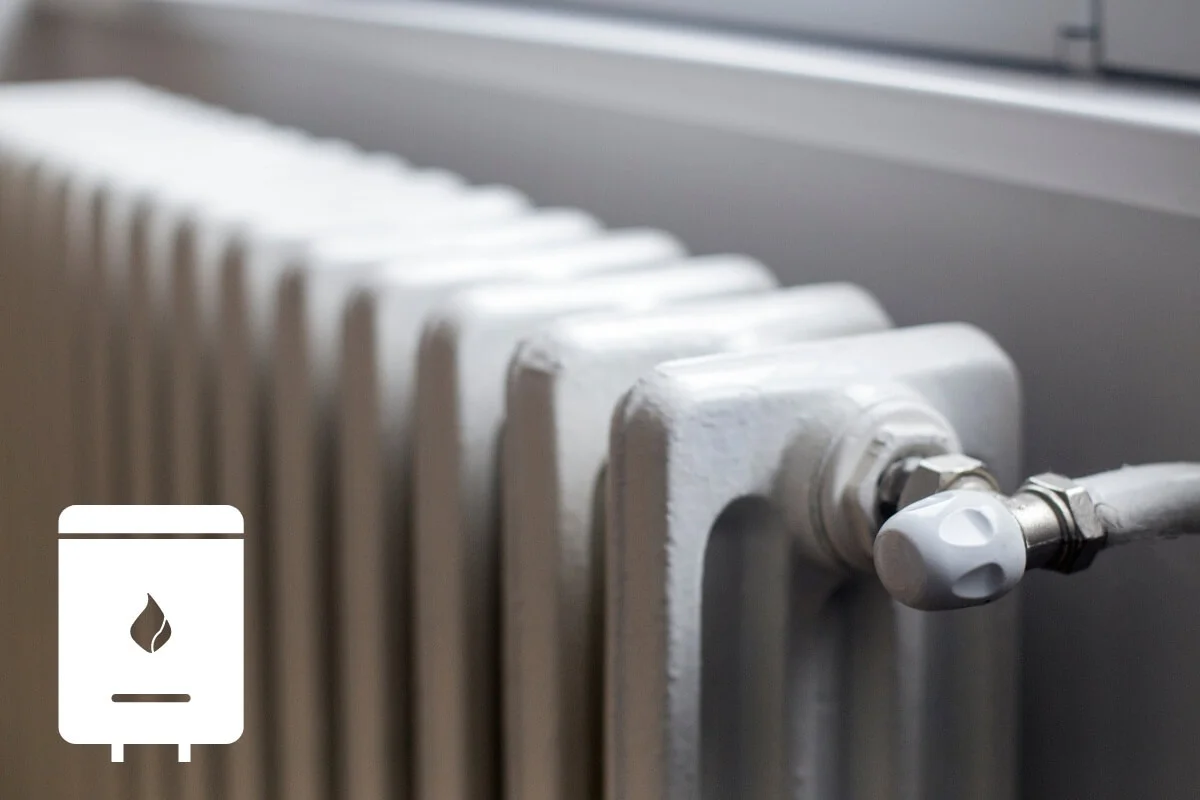
Is your home without a gas central heating system, and you’re wasting a lot of money heating it with an alternate heater? If you now heat your home using Electric Heaters, Electrical Storage Heaters, or even Gas Room Heaters – or if you have no heating system at all – you may be eligible for First Time Central Heating (FTCH).
We will install a new Gas Combi Boiler as well as radiators in various rooms around the home. To be eligible, your house must have never had Gas Central Heating or radiators, and your existing heating system must be old, inefficient, or broken.
To obtain grants to cover some or all of the cost of your property’s first time central heating, you’ll need to meet the following eligibility criteria:
Your must own your property
Alternatively, you can privately rent (and apply with the landlord’s consent)
No existing central heating system exists
You claim for one or more state benefits administered by DWP

External wall insulation is often characterised as a layer of insulation adhered to an existing wall. To protect it from the weather, this layer will be covered with a coat of render or an alternate cladding.This approach is frequently necessary for insulating walls on solid wall properties where hollow wall insulation is not an option. While installing insulation should seem like a no-brainer to increase your house’s thermal efficiency, no type of wall insulation, including exterior wall insulation, comes without some form of problem – frequently centered on how your home deals with moisture. External Wall Insulation can be done as a single measure (paid) in which only wall is insulated or as a double measure (free depending on the criteria) along with Boiler replacement.

Internal wall insulation is a route to consider for improving the thermal properties of solid-walled homes. These tend to be solid stone or brick properties built before the 20th century, without a cavity wall and therefore no option of retrofitting cavity wall insulation.
With solid-walled homes, you have the option of both external and internal wall insulation for helping to reduce heat loss through your walls, and both are eligible for funding as primary measures under the Green Homes Grant. However, internal wall insulation is often the cheaper option.
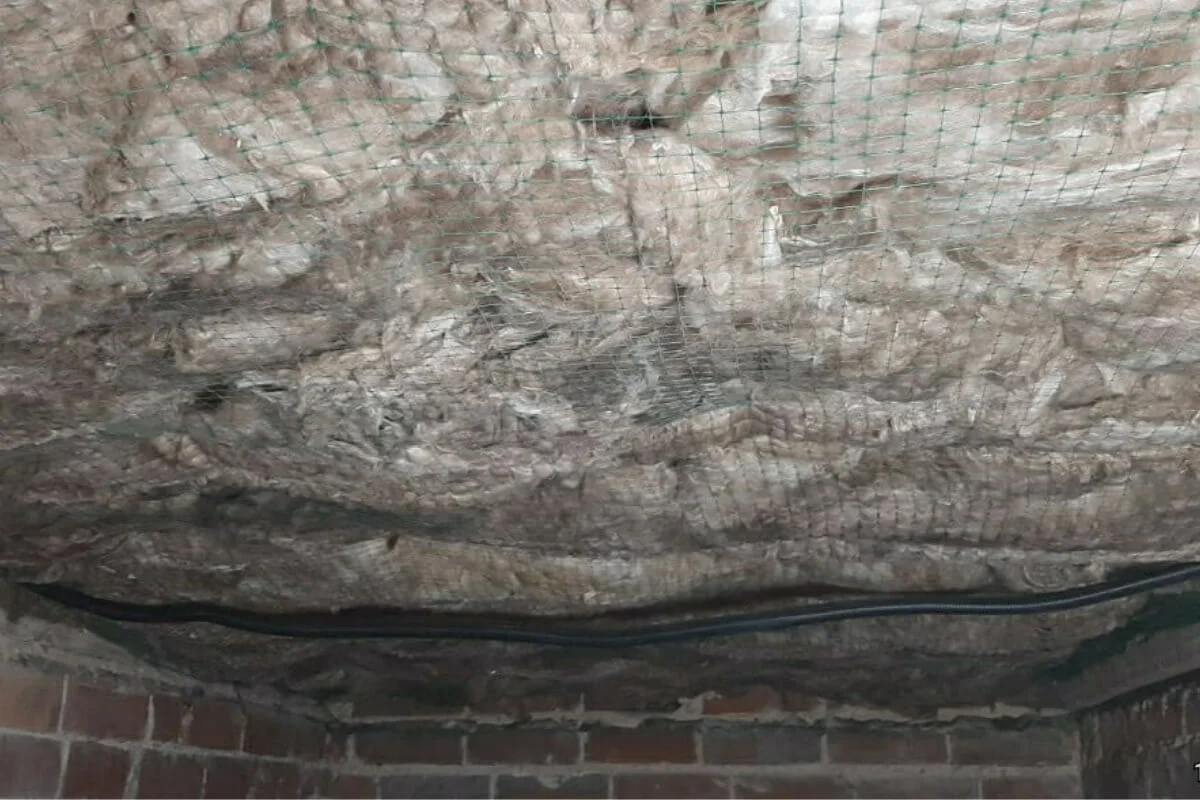
If you live in an older home that was constructed with suspended timber flooring rather than a concrete base, adding underfloor insulation is the best way to eliminate draughts and allow your home to retain more heat. Underfloor insulation is a wonderful complement to boiler replacement, and when placed simultaneously, they will dramatically enhance your home’s energy efficiency. Furthermore, your CO2 savings might exceed 1900kg per year, making your house more eco friendly. Underfloor insulation is a simple task if the ground floor is built on wooden joists with a space beneath aka suspended flooring.
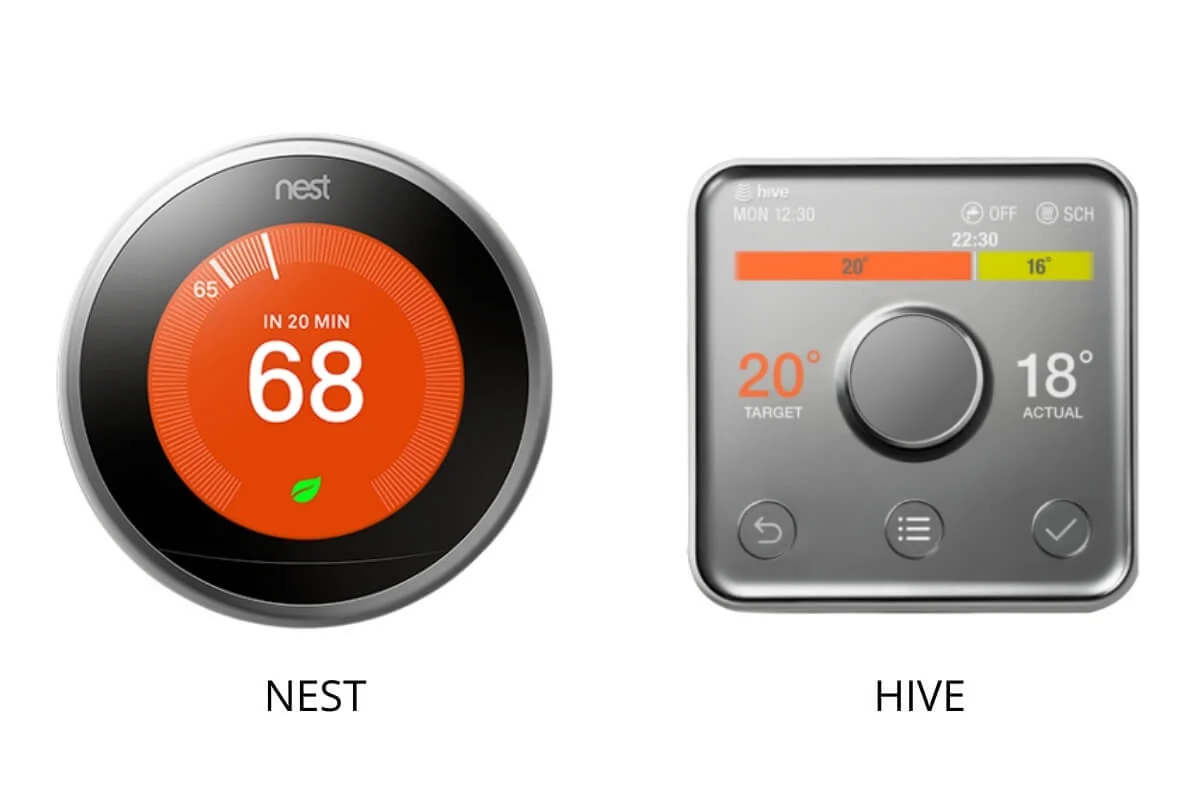
Having the correct central heating controls may save you up to 40% on your energy costs, so it makes sense to select the most effective sort of controls for you and your house.
There are four different types of central heating controls: Manual Room Thermostats, Thermostatic Radiator Valves (TRVs), Programmable Room Thermostats, and Smart Heating Controls
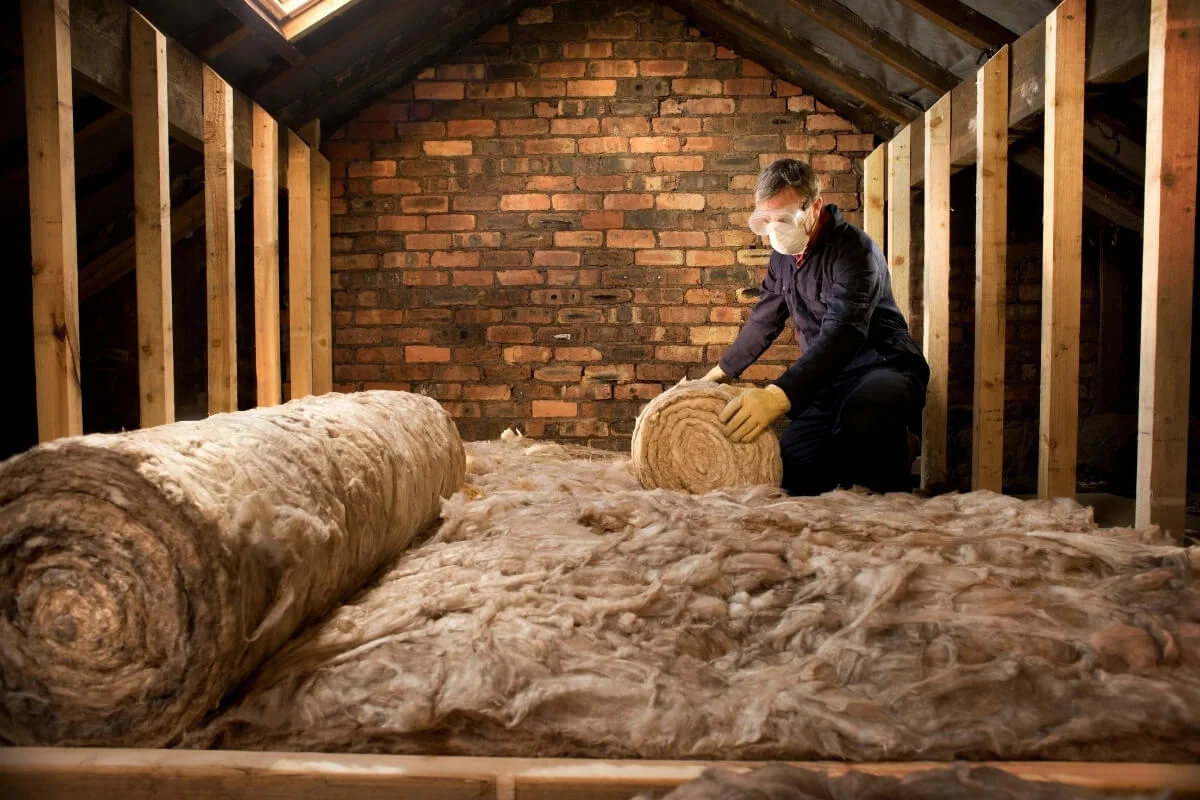
Insulating your loft is a quick and easy technique to decrease heat loss. It has never been more vital to consider loft insulation. Without good loft insulation, most of the very expensive heat / energy you spend to heat your house would be lost via the loft.
In an uninsulated home, up to 25% of your heating expenditures might be lost via the roof. Many older homes may not benefit from the dual savings provided by installing contemporary loft insulation. Heat rises, thus it is critical and helpful to have your loft well insulated. Loft Insulation can be done as a single measure (paid) in which only loft is insulated or as a double measure (free depending on the criteria) along with Boiler replacement.

Room in roof insulation is a sort of insulation system that is particularly developed for houses that have rooms built into the roof area. A room in the roof is often a bungalow with a loft conversion reached through a fixed staircase, although it can also be an original architectural feature. Roof rooms often feature sloping ceilings and dormer or slope type windows on the top floor.A room in a roof can include a variety of heat loss sources, such as sloped ceilings, stud walls, dormer and gable walls, and a flat ceiling, and by effectively insulating all of these parts, a thermal barrier that prevents heat from being lost is formed.
To avoid thermal bridging and maximise energy efficiency benefits, each element must be carefully examined and included into the system design. RIR can be done as a single measure (paid) in which only wall is room is roof is made or as a double measure (free depending on the criteria) along with Boiler replacement.
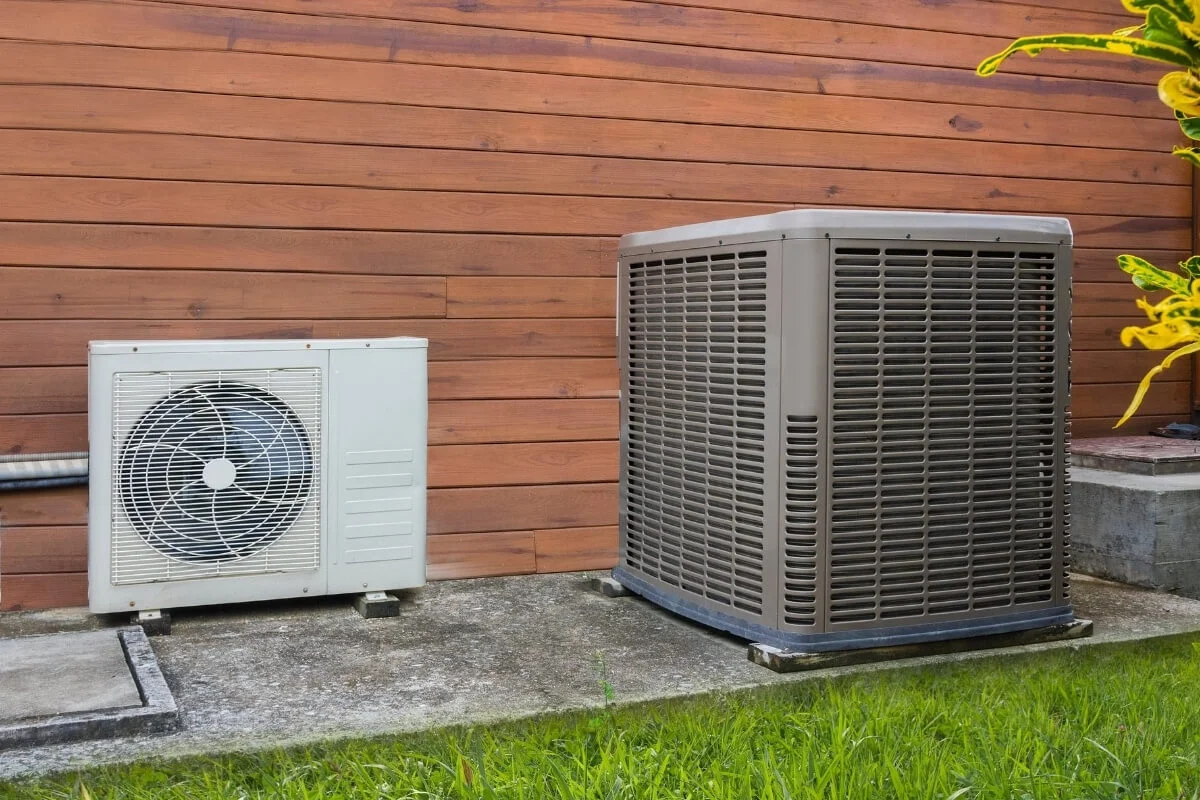
What is an air source heat pump?
Most home heating systems either burn fuel or convert electricity into heat.
Instead, they move existing heat energy from outside into your home. This makes them more efficient.
HOW DOES AN AIR SOURCE HEAT PUMP WORK?
An air source heat pump works much like a fridge operating in reverse to heat your home. Here’s how it works:
Outside air is blown over a network of tubes filled with a refrigerant. This warms up the refrigerant, and it turns from a liquid into a gas.
This gas passes through a compressor, which increases the pressure. Compression also adds more heat – similar to how the air hose warms up when you top up the air pressure in your tyres.
The compressed, hot gases pass into a heat exchanger, surrounded by cool air or water. The refrigerant transfers its heat to this cool air or water, making it warm. And this is circulated around your home to provide heating and hot water. Meanwhile, the refrigerant condenses back into a cool liquid and starts the cycle all over again!
AIR SOURCE HEAT PUMP ADVANTAGES
- Highly efficient source of heat and hot water
- Low-maintenance with a long service life
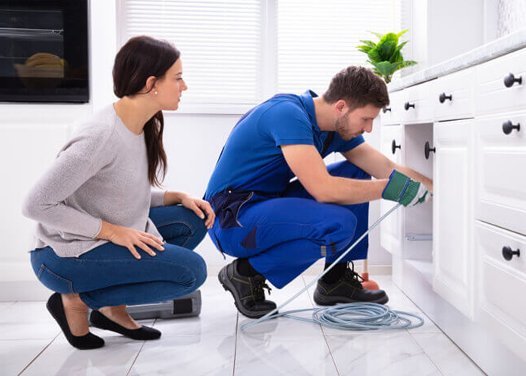
Contact us online or call us at 01494 211 200 to schedule an appointment. We'll call you to confirm your time and send you a confirmation email.
We'll come to your home and figure out what your requirement is, so we know how best to clear it. No matter what your requirement is, we'll give you the most economical option to clear it, along with straightforward pricing.
After the job is completed, we'll send you a follow-up survey asking how we did. Not satisfied with our service? Let us know and we'll fix it.
